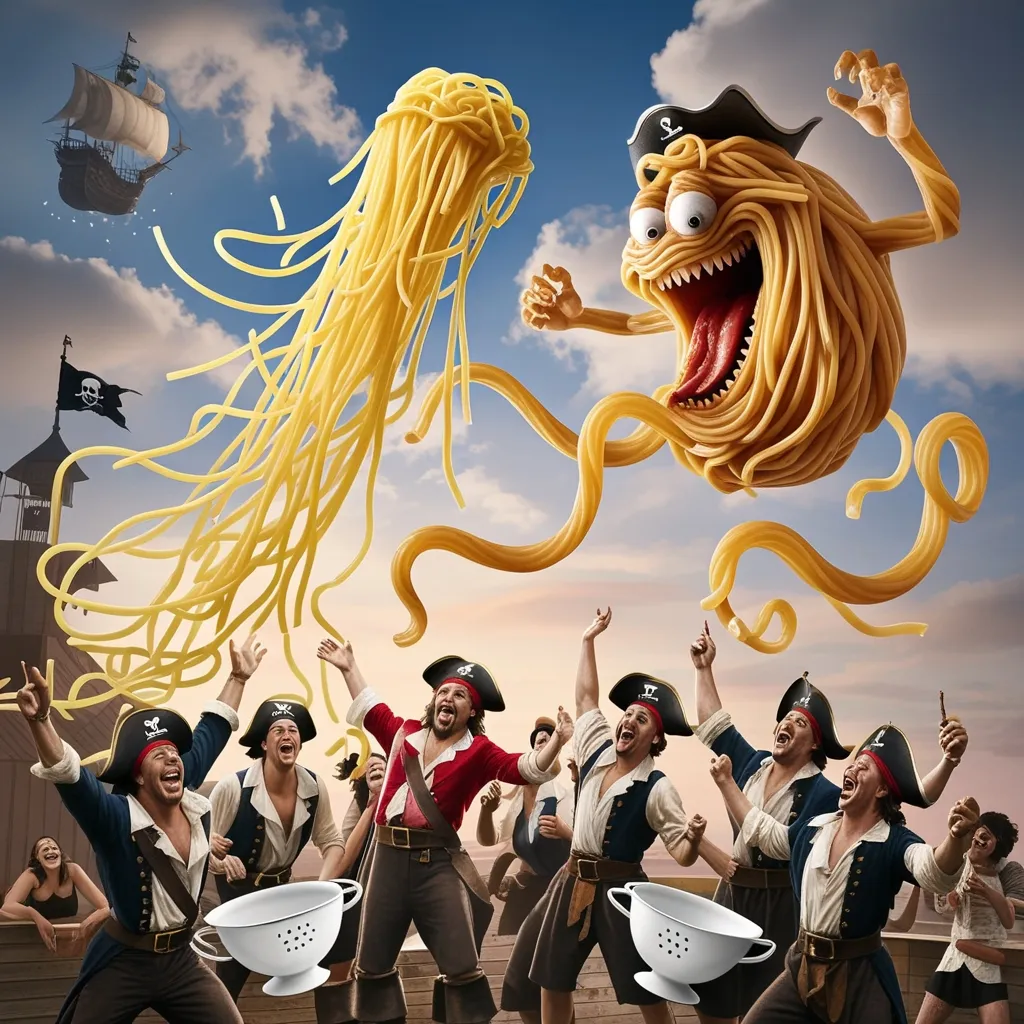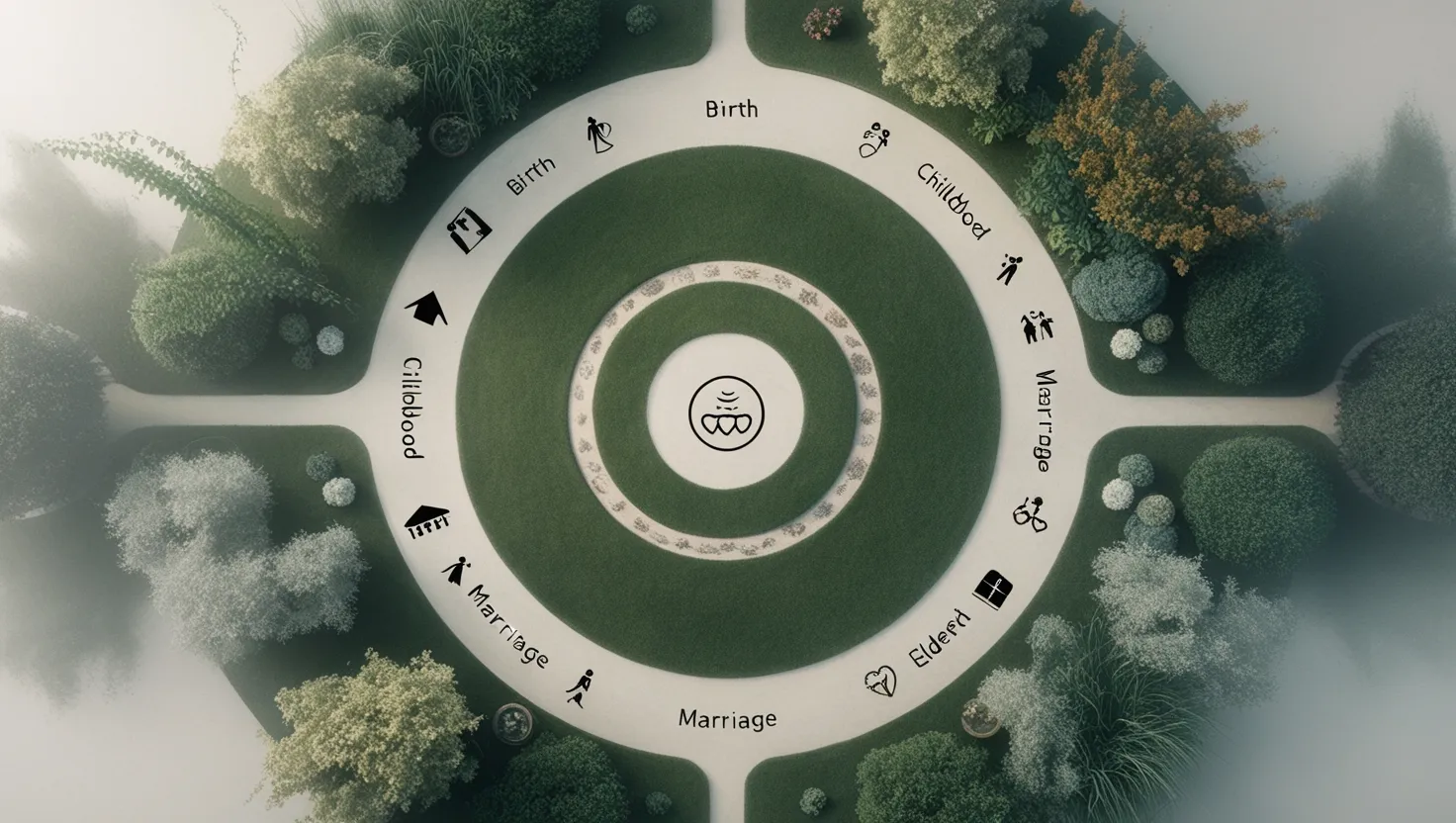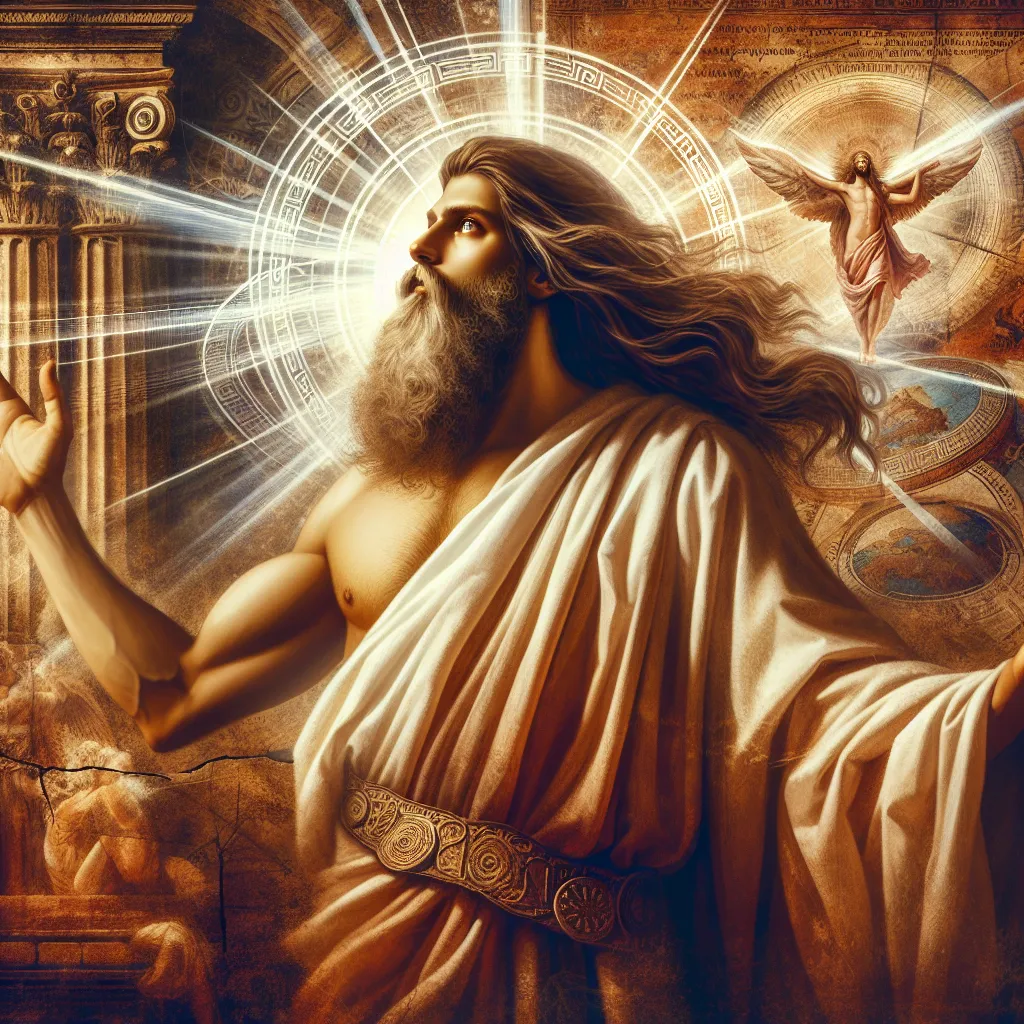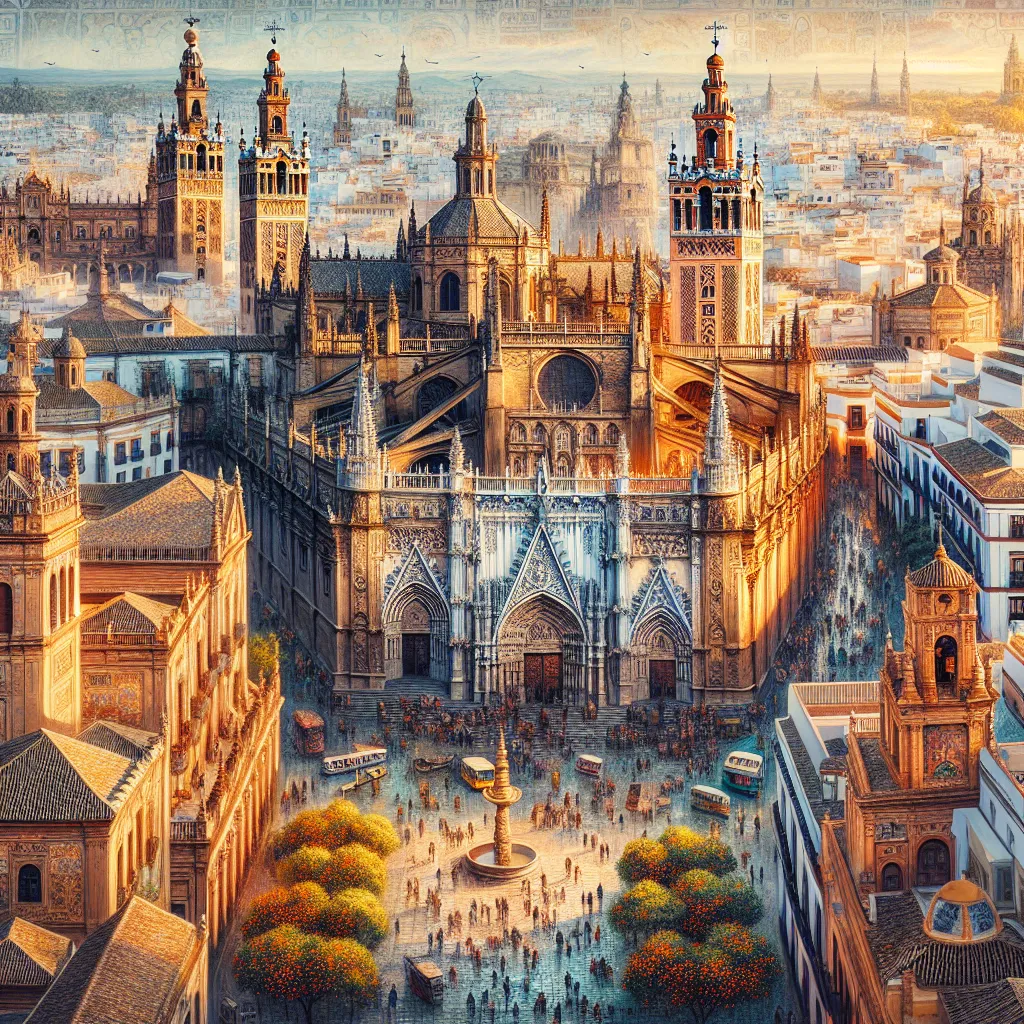In the grand and sometimes oh-so-serious universe of world religions, there exists a rather quirky and comedic band of believers called the Pastafarians. These folks rally around their noodly deity, the Flying Spaghetti Monster (FSM), which, honestly, is as delightful as it sounds. Born from satire, this religion is less of a stone-faced doctrine and more of a playful jab at the debates around teaching intelligent design in U.S. public schools.
Kicking off in 2005, the Flying Spaghetti Monster made its first appearance courtesy of Bobby Henderson, a physics grad from Oregon State. Bobby wasn’t too thrilled when the Kansas State Board of Education decided kids should learn about intelligent design alongside good old evolution. So, he struck back in the most hilarious way possible – with a letter that imagined the creation of the universe after a slightly tipsy evening by the FSM. He argued that if intelligent design deserved a spot, then surely the tale of the FSM did too. This clever letter spread like wildfire across the internet, and before you could say ‘linguine,’ a full-blown movement had erupted.
What’s at the heart of Pastafarianism? Joyous cheekiness, really. They have a creation myth that depicts the FSM as a rather hungover cosmic creator, parodying traditional creation stories by implying that Earth’s imperfections are simply the result of the FSM’s overindulgence. And here’s where it really gets interesting: Pastafarians hold that all evidence for evolution was just a test of faith by the FSM. This mirrors certain strands of biblical literalism, but in the cheekiest way possible.
Fridays are sacred to Pastafarians, dedicated to rest, reflection, or maybe just slurping on spaghetti. Membership is delightfully free, and obligations are light. Adherents are recognizable by their unique headgear – think colanders or pirate hats – and they don’t shy away from wearing these even in official photos, which has led to some rather humorous (but serious) legal disputes. For instance, in the Netherlands, a colander-wearing Pastafarian took his case all the way to court after being denied the right to sport his religious headgear in a driver’s license photo. Talk about dedication to satire!
And what’s on offer in the afterlife? Pastafarianism’s heaven plays along with the same irreverence: envision a paradise with a beer volcano and a never-ending party atmosphere. Hell, unfortunately, is pretty similar but with flat beer and some questionable company. Clearly, these portraits are a playful dig at more conventional images of the afterlife.
The movement, surprising to some, has grown rapidly across the globe. Thousands of believers in over 60 countries have taken up the noodly faith, making Pastafarianism one of the quickest growing religions, according to some counts. In certain nations, it has even secured legal status – which means its followers get to enjoy the same perks as other religious groups.
But the Flying Spaghetti Monster isn’t just a giggle-inducing meme. It’s a symbol representing the outcry against teaching intelligent design and a pushback against the rigidity of certain religious beliefs. Pastafarians have often stepped into the fray when creationists and scientists clash, adding their unique flavor to debates on religion’s role in science education.
When these faithful gather, you might catch them at a spaghetti dinner or a pirate-themed event. Pirates, in fact, are central to their belief system. In a tongue-in-cheek twist, they are revered as the original Pastafarians, with a humorous link drawn between their dwindling numbers and the warming climate. Yes, there’s a chart for that, showing global warming increasing with a decrease in pirates.
Legal adventures abound for the Pastafarian community, especially around religious headgear in official documentation. These stories have shed light on the tricky balance between accepting humorous religious expressions and respecting conventional ones. Despite the hurdles, Pastafarianism remains endearing, especially to those weary of traditional religious seriousness.
The philosophy here is all about tolerance and a staunch stand against dogma. Bobby Henderson, with his noodle-fueled vision, made it clear: the only dogma in Pastafarianism is to have none at all. This belief encourages adherents to live good, tolerant lives while savoring the absurdity of existence. It’s like wielding a giant, comforting, noodly hug against the sternness found elsewhere in religious practice.
What the Church of the Flying Spaghetti Monster ends up being is a compelling, humorous response to the times. It pokes fun at, and simultaneously illuminates, the absurdity of stringent belief systems. It’s urging everyone to think critically and uphold the separation of church and state. As this global movement unfurls like a generous plate of tagliatelle, it seems to capture the imagination of those looking for a more inclusive and joyful form of spirituality. Whether viewed as genuine faith or a sharp satire, Pastafarianism undeniably makes a lasting impact on everyone who encounters it, weaving together laughter with life lessons in one savory mix.






